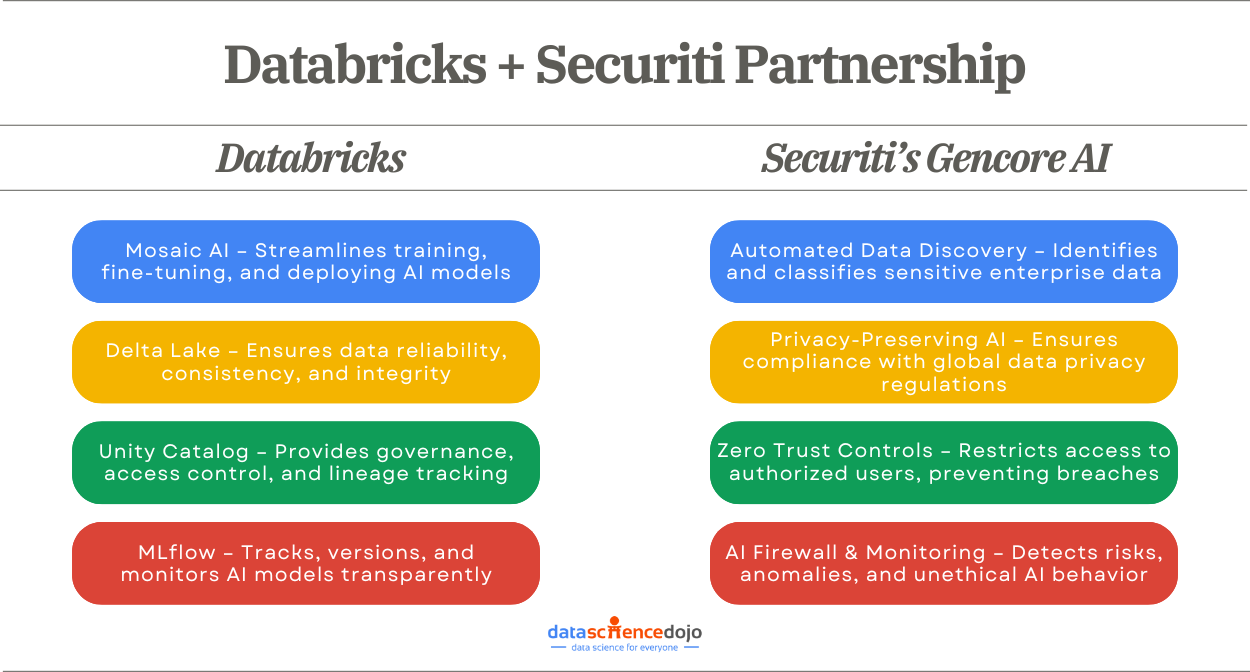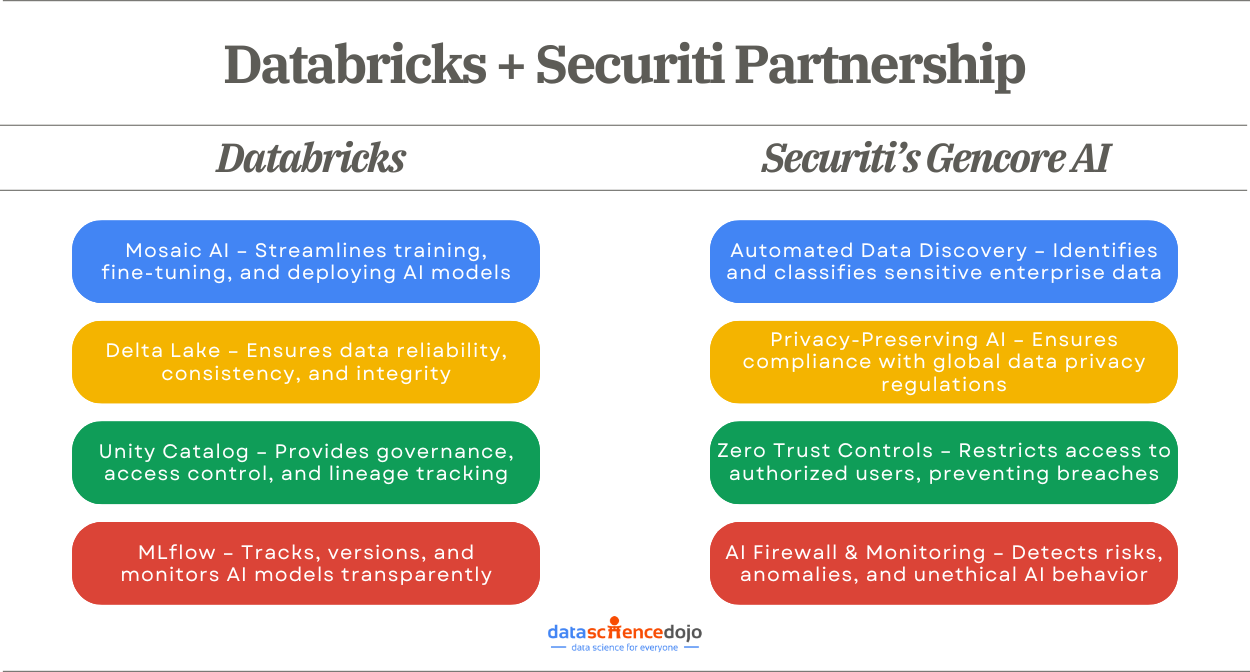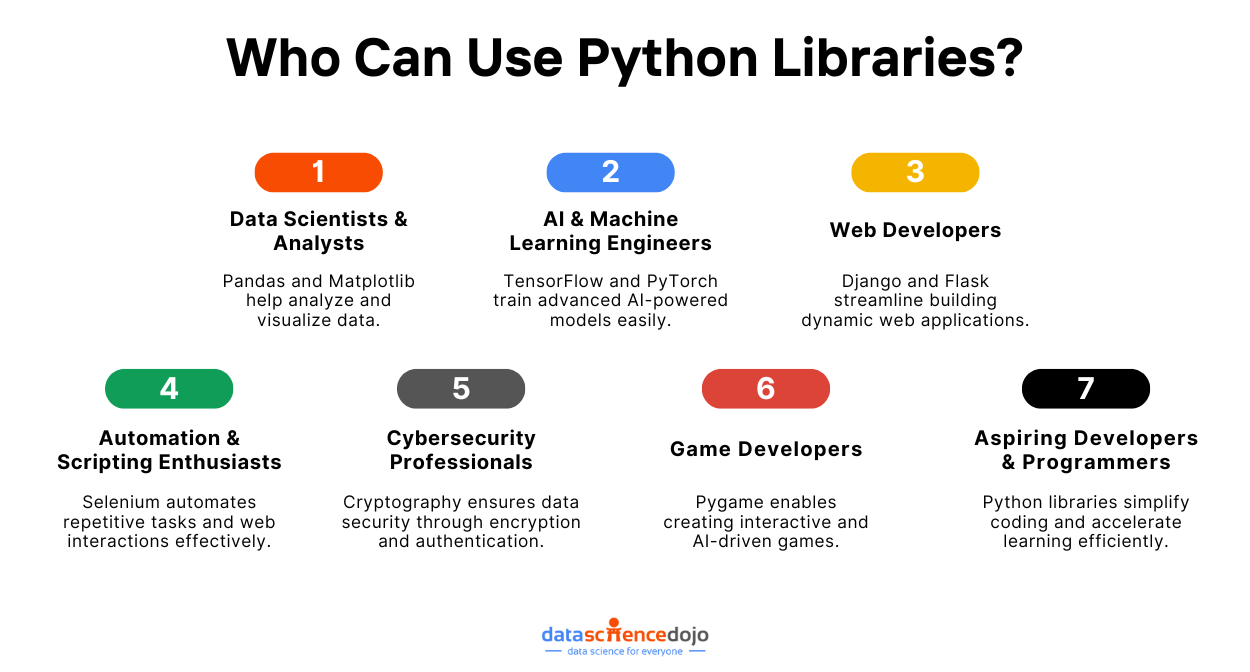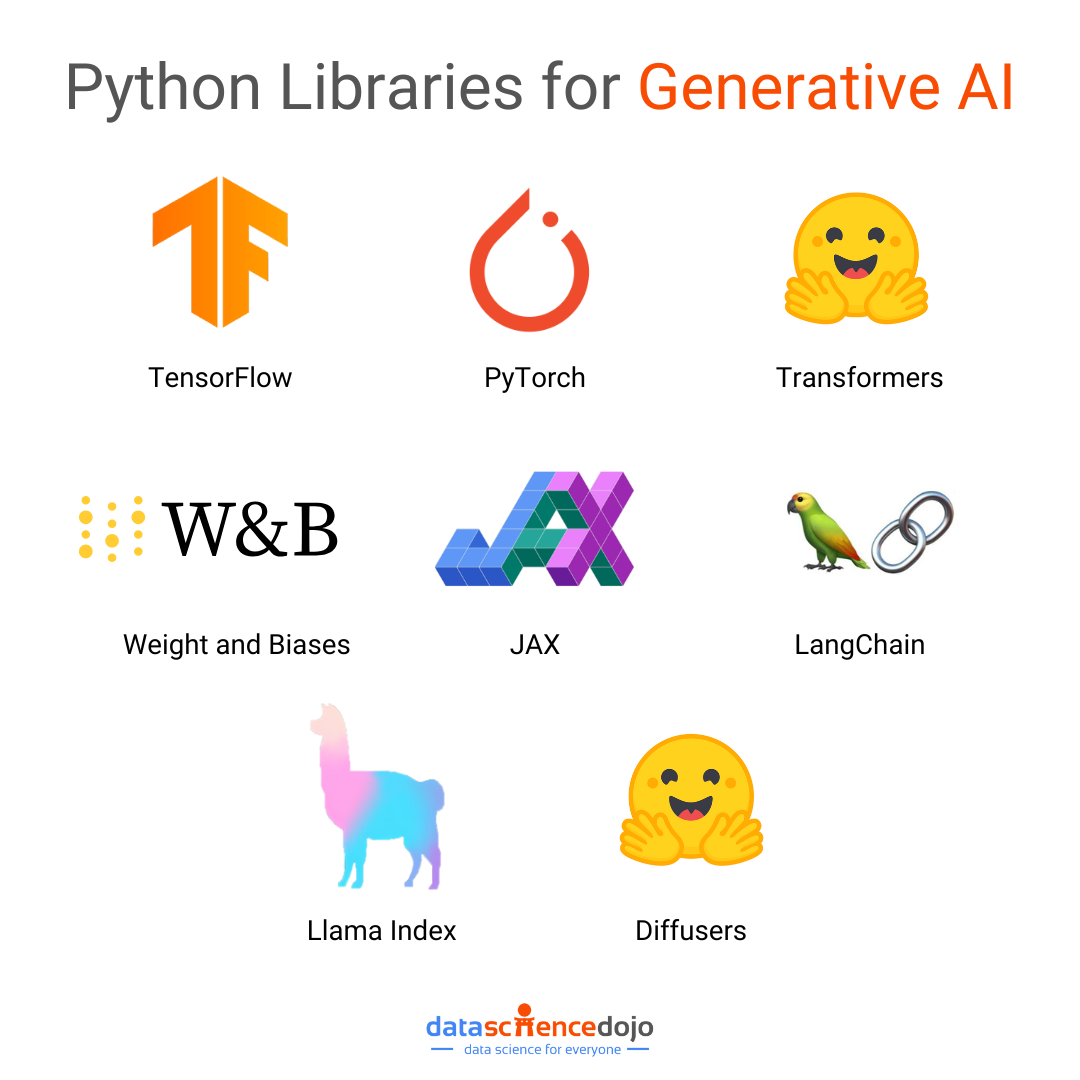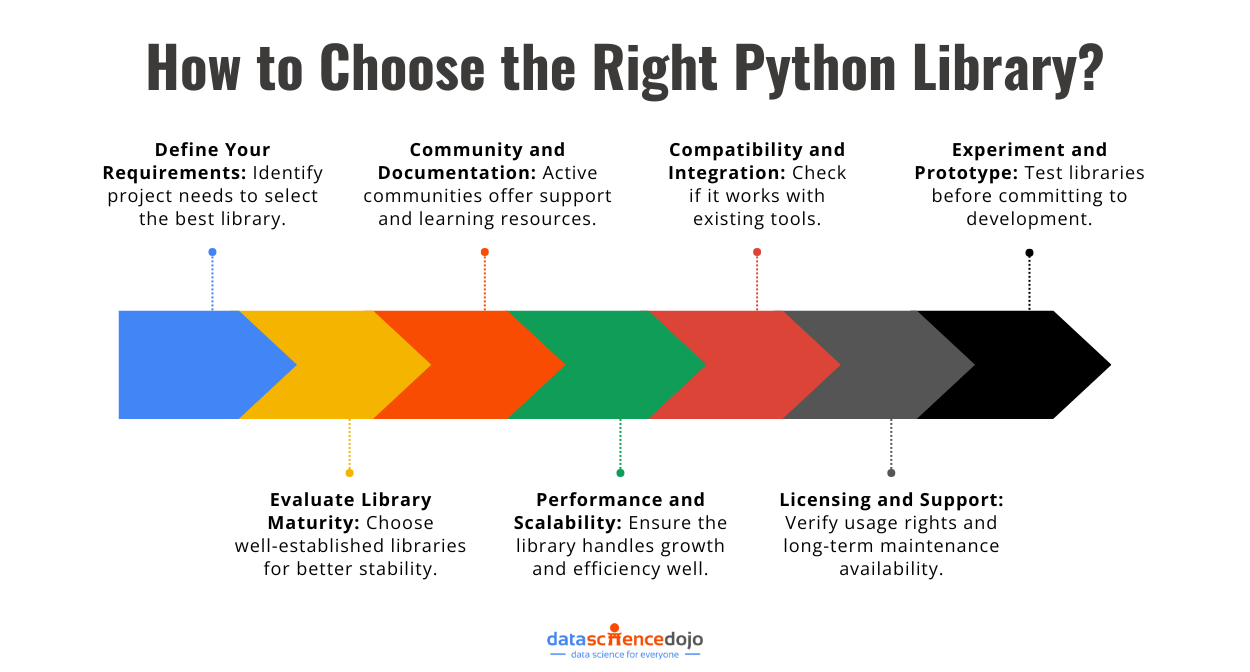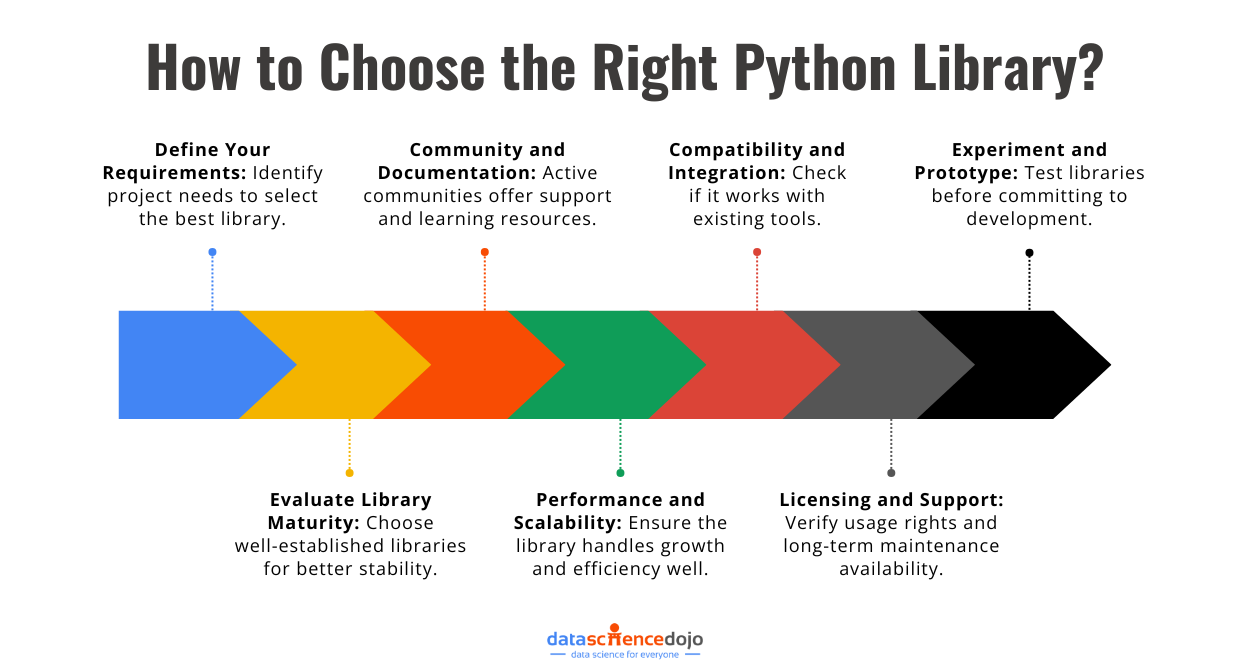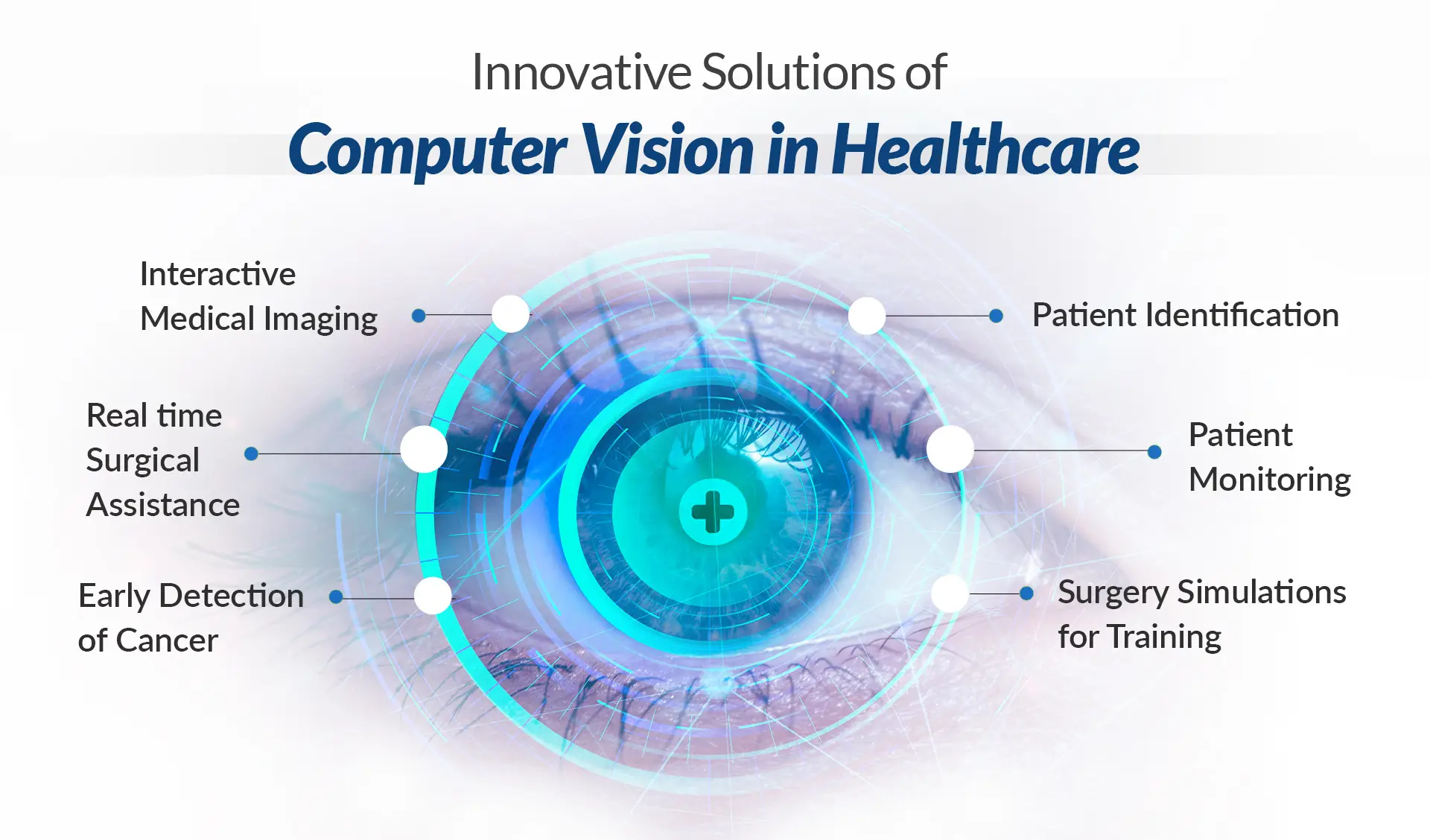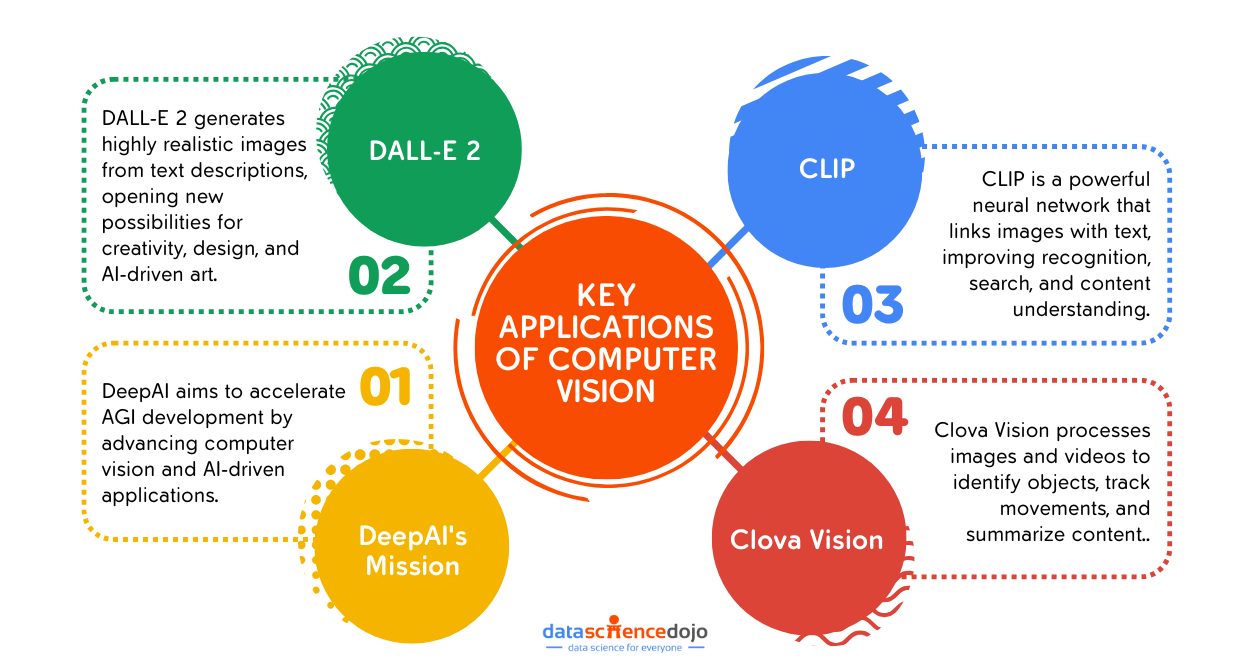AI is revolutionizing business, but are enterprises truly prepared to scale it safely?
While AI promises efficiency, innovation, and competitive advantage, many organizations struggle with data security risks, governance complexities, and the challenge of managing unstructured data. Without the right infrastructure and safeguards, enterprise AI adoption can lead to data breaches, regulatory failures, and untrustworthy outcomes.
The solution? A strategic approach that integrates robust infrastructure with strong governance.
The combination of Databricks’ AI infrastructure and Securiti’s Gencore AI offers a security-first AI building framework, enabling enterprises to innovate while safeguarding sensitive data. This blog explores how businesses can build scalable, governed, and responsible AI systems by integrating robust infrastructure with embedded security, privacy, and observability controls.
However, before we dig deeper into the partnership and its role in boosting AI adoption, let’s understand the challenges around it.
Challenges in AI Adoption
AI adoption is no longer a question of if but how. Yet many enterprises face critical roadblocks that threaten both compliance and operational success. Without the right unstructured data management and robust safeguards, AI projects risk non-compliance, non-transparency, and security vulnerabilities.
Here are the top challenges businesses must address:
Safeguarding Data Security and Compliance: AI systems process vast amounts of sensitive data. Organizations must ensure compliance with the EU AI Act, NIST AI RMF, GDPR, HIPAA, etc., while preventing unauthorized access. Failure to do so can lead to data breaches, legal repercussions, and loss of customer trust.
Managing Unstructured Data at Scale: AI models rely on high-quality data, yet most enterprise data is unstructured and fragmented. Without effective curation and sanitization, AI systems may generate unreliable or insecure results, undermining business decisions.
Ensuring AI Integrity and Trustworthiness: Biased, misleading, or unverifiable AI outputs can damage stakeholder confidence. Real-time monitoring, runtime governance, and ethical AI frameworks are essential to ensuring outcomes remain accurate and accountable.
Overcoming these challenges is key to unlocking AI’s full potential. The right strategy integrates AI development with strong security, governance, and compliance frameworks. This is where the Databricks and Securiti partnership creates a game-changing opportunity.
You can also read about algorithmic biases and their challenges in fair AI
A Strategic Partnership: Databricks and Securiti’s Gencore AI
In the face of these challenges, enterprises strive to balance innovation with security and compliance. Organizations must navigate data security, regulatory adherence, and ethical AI implementation.
The partnership between Databricks and Securiti offers a solution that empowers enterprises to scale AI initiatives confidently, ensuring security and governance are embedded in every step of the AI lifecycle.
Databricks: Laying the AI Foundation
Databricks provides the foundational infrastructure needed for successful AI adoption. It offers tools that simplify data management and accelerate AI model development, such as:
-
Scalable Data Infrastructure – Databricks provides a unified platform for storing, processing, and analyzing vast amounts of structured and unstructured data. Its cloud-native architecture ensures seamless scalability to meet enterprise AI demands.
-
End-to-End AI Development – With tools like MLflow for model lifecycle management, Delta Lake for reliable data storage, and Mosaic AI for scalable training, Databricks streamlines AI development from experimentation to deployment.
-
Governance & Data Access Management – Databricks’ Unity Catalog enables centralized governance, enforcing secure data access, lineage tracking, and regulatory compliance to ensure AI models operate within a trusted framework.
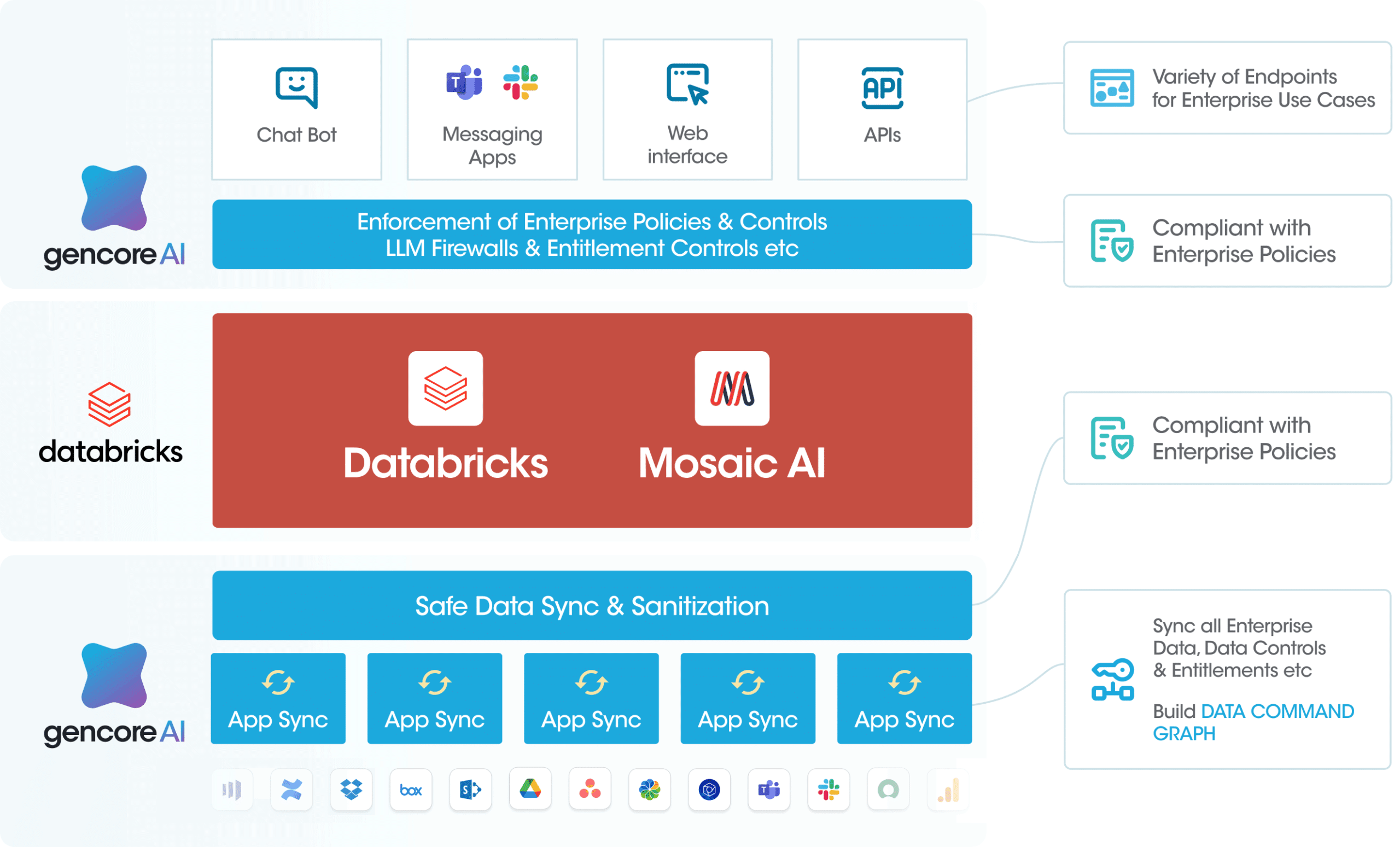
Securiti’s Gencore AI: Reinforcing Security and Compliance
While Databricks provides the AI infrastructure, Securiti’s Gencore AI ensures that AI models operate within a secure and compliant framework. It provides:
- Ease of Building and Operating Safe AI Systems: Gencore AI streamlines data ingestion by connecting to both unstructured and structured data across different systems and applications, while allowing the use of any foundational or custom AI models in Databricks.
- Embedded Security and Governance in AI Systems: Gencore AI aligns with OWASP Top 10 for LLMs to help embed data security and governance at every important stage of the AI System within Databricks, from data ingestion to AI consumption layers.
- Complete Provenance Tracking for AI Systems: Gencore AI’s proprietary knowledge graph provides granular contextual insights about data and AI systems within Databricks.
- Compliance with AI Regulations for each AI System: Gencore AI uniquely provides automated compliance checks for each of the AI Systems being operationalized in it.
Competitive Advantage: A Strategic AI Approach
To fully realize AI’s business potential, enterprises need more than just advanced models – they need a secure, scalable, and responsible AI strategy. The partnership between Databricks and Securiti is designed to achieve exactly that. It offers:
- AI at Scale with Enterprise Trust – Databricks delivers an end-to-end AI infrastructure, while Securiti ensures security and compliance at every stage. Together, they create a seamless framework for enterprises to scale AI initiatives with confidence.
- Security-Embedded Innovation – The integration ensures that AI models operate within a robust security framework, reducing risks of bias, data breaches, and regulatory violations. Businesses can focus on innovation without compromising compliance.
- Holistic AI System Governance – This is not just a tech integration—it’s a strategic investment in AI governance and sustainability. As AI regulations evolve, enterprises using Databricks + Securiti will be well-positioned to adapt, ensuring long-term AI success. Effective AI governance requires embedded controls throughout the AI system, with a foundation rooted in understanding enterprise data context and its controls. Securiti’s Data Command Graph delivers this foundation by providing comprehensive contextual insights about data objects and their controls, enabling complete monitoring and governance of the entire enterprise AI system across all interconnected components rather than focusing solely on models.
Here’s a list of controversial experiments in big data ethics
Thus, the collaboration ensures AI systems are secure, governable, and ethically responsible while enabling enterprises to accelerate AI adoption confidently. Whether scaling AI, managing LLMs, or ensuring compliance, this gives businesses the confidence to innovate responsibly.
By embedding AI security, governance, and trust from day one, businesses can accelerate adoption while maintaining full control over their AI ecosystem. This partnership is not just about deploying AI, but also about building a future-ready AI strategy.
A 5-Step Framework for Secure Enterprise AI Deployment
Building a secure and compliant enterprise AI system requires more than just deploying AI models. A robust infrastructure, strong data governance, and proactive security measures are some key requirements for the process.
The combination of Databricks and Securiti’s Gencore AI provides an ideal foundation for enterprises to leverage AI while maintaining control, privacy, and compliance.
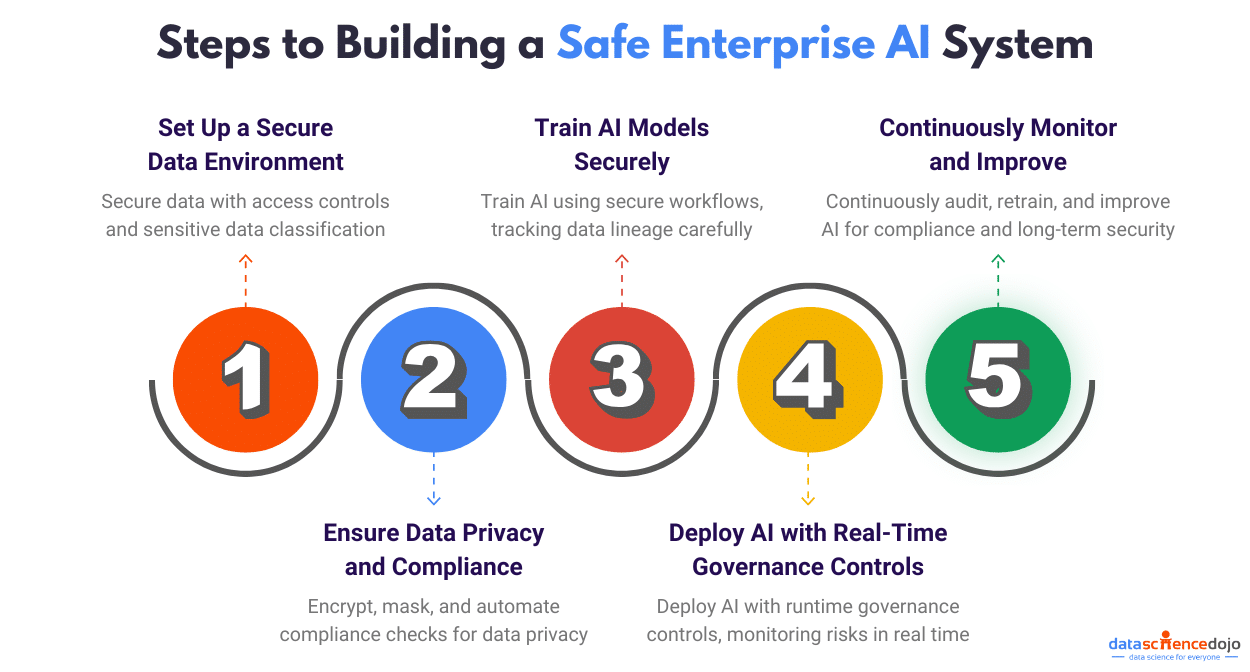
Below is a structured step-by-step approach to building a safe AI system in Databricks with Securiti’s Gencore AI.
Step 1: Set Up a Secure Data Environment
The environment for your data is a crucial element and must be secured since it can contain sensitive information. Without the right safeguards, enterprises risk data breaches, compliance violations, and unauthorized access.
To establish such an environment, you must use Databricks’s Unity Catalog to establish role-based access control (RBAC) and enforce data security policies. It will ensure that only authorized users have access to specific datasets and avoid unintended data exposure.
The other action item at this step is to use Securiti’s Data Discovery & Classification to identify sensitive data before AI model training begins. This will ensure regulatory compliance by identifying data subject to the EU AI Act, NIST AI RMF, GDPR, HIPAA, and CCPA.
Step 2: Ensure Data Privacy and Compliance
Once data is classified and protected, it is important to ensure your AI operations maintain user privacy. AI models should never compromise user privacy or violate regulatory standards. You can establish this by enabling data encryption and masking to protect sensitive information.
While data masking will ensure that only anonymized information is used for AI training, you can also use synthetic data to ensure compliance and privacy.
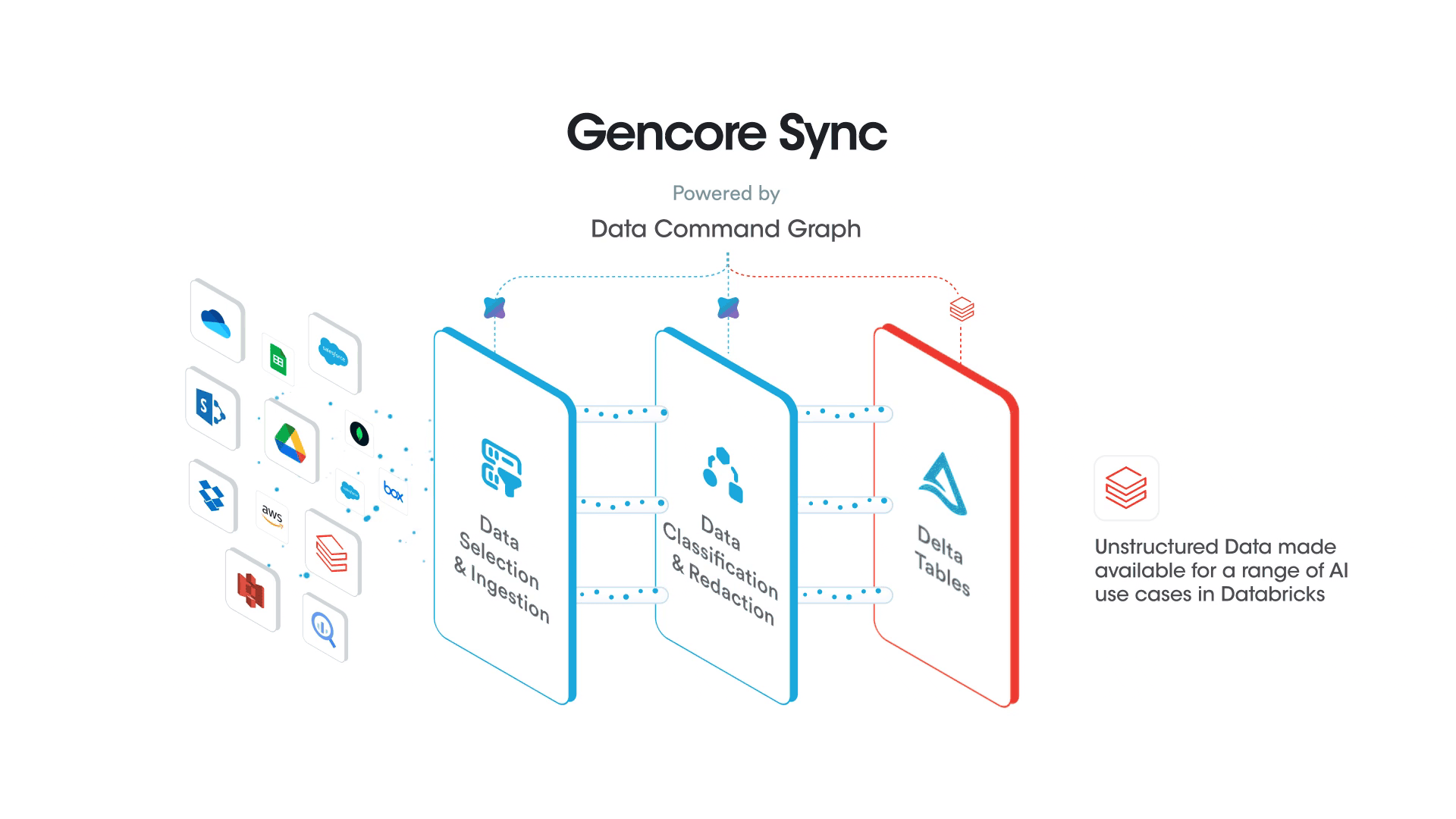
Step 3: Train AI Models Securely
Now that the data environment is secure and compliant, you can focus on training your AI models. However, AI model training must be monitored and controlled to prevent data misuse and security risks. Some key actions you can take for this include:
- Leverage Databricks’ Mosaic AI for Scalable Model Training – use distributed computing power for efficient training of large-scale models while ensuring cost and performance optimization
- Monitor Data Lineage & Usage with Databricks’ Unity Catalog – track data’s origin and how it is transformed and used in AI models to ensure only approved datasets are used for training and testing
- Validate Models for Security & Compliance Before Deployment – perform security checks to identify any vulnerabilities and ensure that models conform to corporate AI governance policies
By implementing these controls, enterprises can train AI models securely and ethically while maintaining full visibility into their data, models, and AI system lifecycles.
Step 4: Deploy AI with Real-Time Governance Controls
The security threats and challenges do not end with the training and deployment. You must ensure continuous governance and security of your AI models and systems to prevent bias, data leaks, or any unauthorized AI interactions.
You can use Securiti’s distributed, context-aware LLM Firewall to monitor your model’s interactions and detect any unauthorized attempts, adversarial attacks, or security threats. The firewall will also monitor your AI model for hallucinations, bias, and regulatory violations.
Moreover, you must continuously audit your model’s output for accuracy and other ethical regulations. During the audit, you must flag and correct any responses that are inaccurate or unintended.
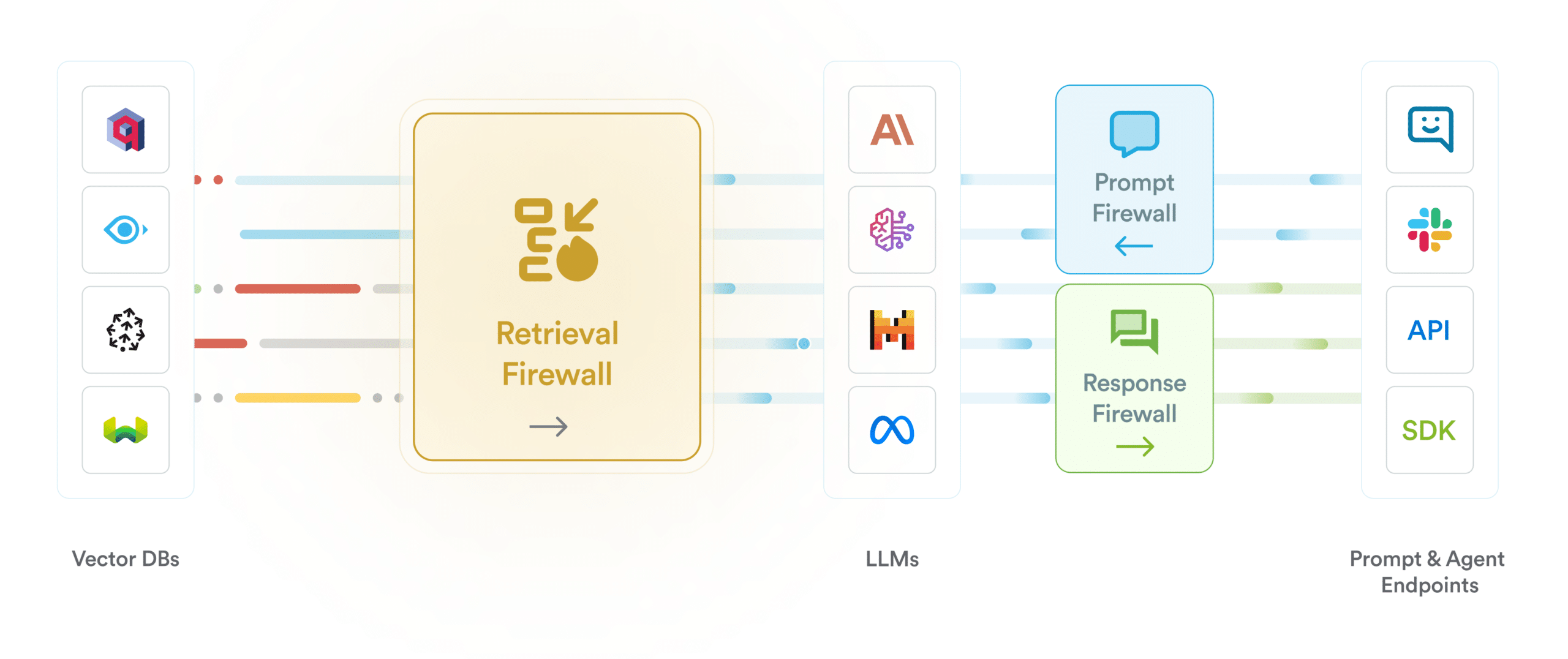
You must also implement Databricks’ MLflow for AI model version control and performance monitoring. It will maintain version histories for all the AI models you have deployed, enabling you to continuously track and improve model performance. This real-time monitoring ensures AI systems remain safe and accountable.
Step 5: Continuously Monitor and Improve AI Systems
Deploying and maintaining enterprise AI systems becomes an iterative process once you have set up the basic infrastructure. Continuous efforts are required to monitor and improve the system to maintain top-notch security, accuracy, and compliance.
You can do this by:
- Using Securiti’s AI Risk Monitoring to detect threats in real-time and proactively address the issues
- Regularly retrain AI models with safe, high-quality, and de-risked datasets
- Conduct periodic AI audits and explainability assessments to ensure ethical AI usage
- Automate compliance checks across AI systems to continuously monitor and enforce compliance with global regulations like the EU AI Act, NIST AI RMF, GDPR, HIPAA, and CCPA.
By implementing these actions, organizations can improve their systems, reduce risks, and ensure long-term success with AI adoption.
Read about the key risks associated with LLMs and how to overcome them
Applications to Leverage Gencore AI with Databricks
As AI adoption accelerates, businesses must ensure that their AI-driven applications are powerful, secure, compliant, and transparent. The partnership between Databricks and Gencore AI enables enterprises to develop AI applications with robust security measures, optimized data pipelines, and comprehensive governance.
Here’s how businesses can leverage this integration for maximum impact.
1. Personalized AI Applications with Built-in Security
While the adoption of AI has led to the emergence of personalized experiences, users do not want it at the cost of their data security. Databricks’ scalable infrastructure and Gencore AI’s entitlement controls enabled enterprises to build AI applications that tailor user experiences while protecting sensitive data. This can ensure:
- Recommendation engines in retail and E-commerce can analyze purchase history and browsing behavior to provide hyper-personalized suggestions while ensuring that customer data remains protected
- AI-driven diagnostics and treatment recommendations can be fine-tuned for individual patients while maintaining strict compliance with HIPAA and other healthcare regulations
- AI-driven wealth management platforms can provide personalized investment strategies while preventing unauthorized access to financial records
Hence, with built-in security controls, businesses can deliver highly personalized AI applications without compromising data privacy or regulatory compliance.
Explore personalized text generation with Google AI
2. Optimized Data Pipelines for AI Readiness
AI models are only as good as the data they process. A well-structured data pipeline ensures that AI applications work with clean, reliable, and regulatory-compliant data. The Databricks + Gencore AI integration simplifies this by automating data preparation, cleaning, and governance.
- Automated Data Sanitization: AI-driven models must be trained on high-quality and sanitized data that has no sensitive context. This partnership enables businesses to eliminate data inconsistencies, biases, and sensitive data before model training
- Real-time Data Processing: Databricks’ powerful infrastructure ensures that enterprises can ingest, process, and analyze vast amounts of structured and unstructured data at scale
- Seamless Integration with Enterprise Systems: Companies can connect disparate unstructured and structured data sources and standardize AI training datasets, improving model accuracy and reliability
Thus, by optimizing data pipelines, businesses can accelerate AI adoption and enhance the overall performance of AI applications.

3. Comprehensive Visibility and Control for AI Governance
Enterprises deploying AI must maintain end-to-end visibility over their AI systems to ensure transparency, fairness, and accountability. The combination of Databricks’ governance tools and Gencore AI’s security framework empowers organizations to maintain strict oversight of AI workflows with:
- AI Model Explainability: Stakeholders can track AI decision-making processes, ensuring that outputs are fair, unbiased, and aligned with ethical standards
- Regulatory Compliance Monitoring: Businesses can automate compliance checks, ensuring that AI models adhere to global data and AI regulations such as the EU AI Act, NIST AI RMF, GDPR, CCPA, and HIPAA
- Audit Trails & Access Controls: Enterprises gain real-time visibility into who accesses, modifies, or deploys AI models, reducing security risks and unauthorized interventions
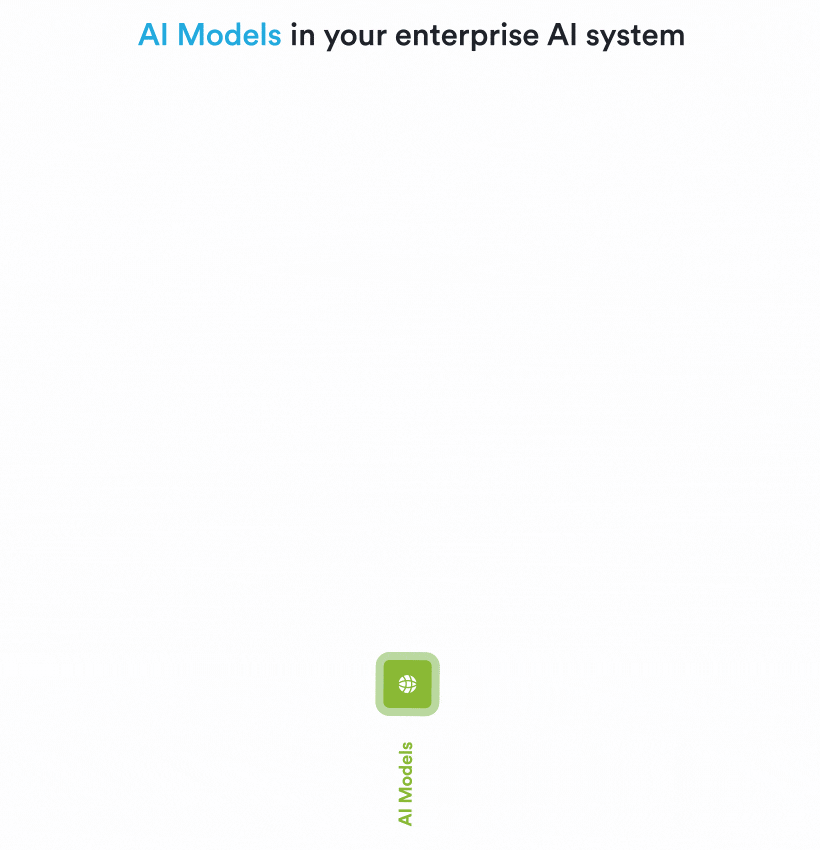
Hence, the synergy between Databricks and Gencore AI provides enterprises with a robust foundation for developing, deploying, and governing AI applications at scale. Organizations can confidently harness the power of AI without exposing themselves to compliance, security, or ethical risks, ensuring it’s built on a foundation of trust, transparency, and control.
The Future of Responsible AI Adoption
AI is no longer a competitive edge, but a business imperative. However, without the right security and governance in place, enterprises risk exposing sensitive data, violating compliance regulations, and deploying untrustworthy AI systems.
The partnership between Databricks and Securiti’s Gencore AI provides a blueprint for scalable, secure, and responsible AI adoption. By integrating robust infrastructure with automated compliance controls, businesses can unlock AI’s full potential while ensuring privacy, security, and ethical governance.
Organizations that proactively embed governance into their AI ecosystems will not only mitigate risks but also accelerate innovation with confidence. You can leverage Databricks and Securiti’s Gencore AI solution to build a safe, scalable, and high-performing AI ecosystem that drives business growth.
Learn more: https://securiti.ai/gencore/partners/databricks/
Request a personalized demo: https://securiti.ai/gencore/demo/
You can also view our webinar on building safe enterprise AI systems as you learn more about it.


